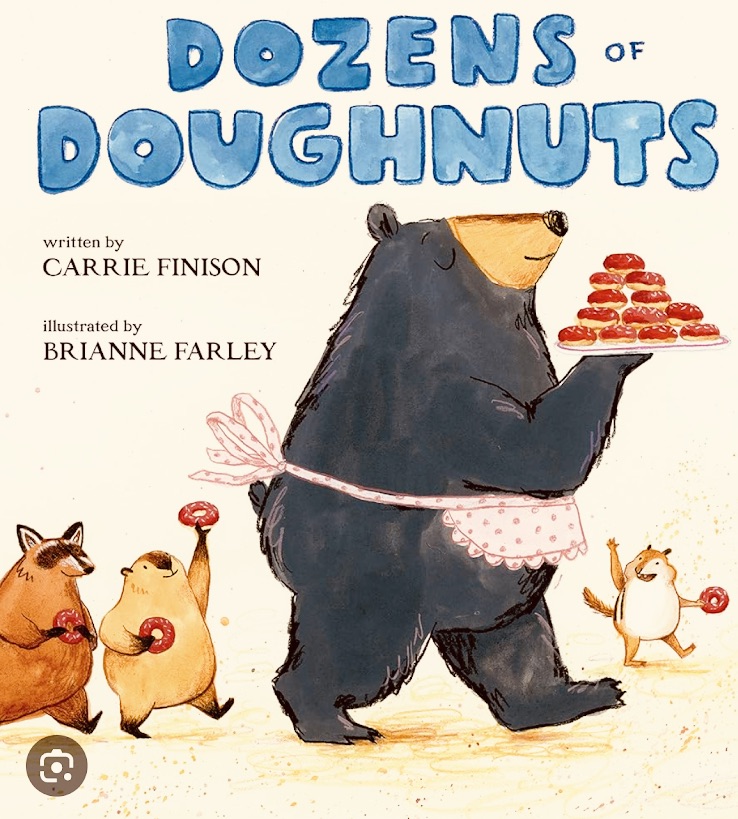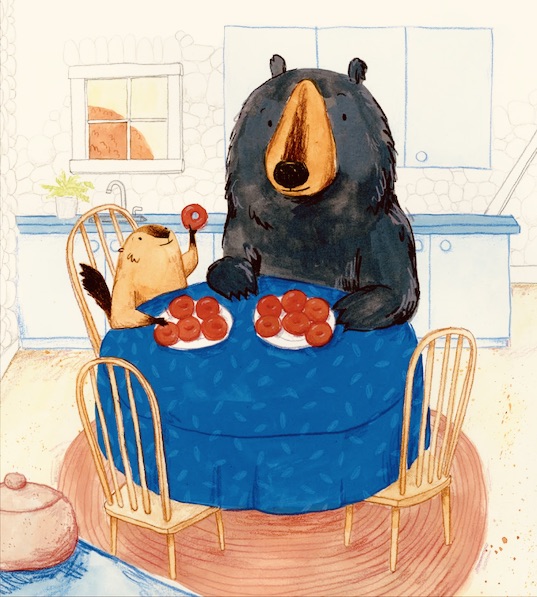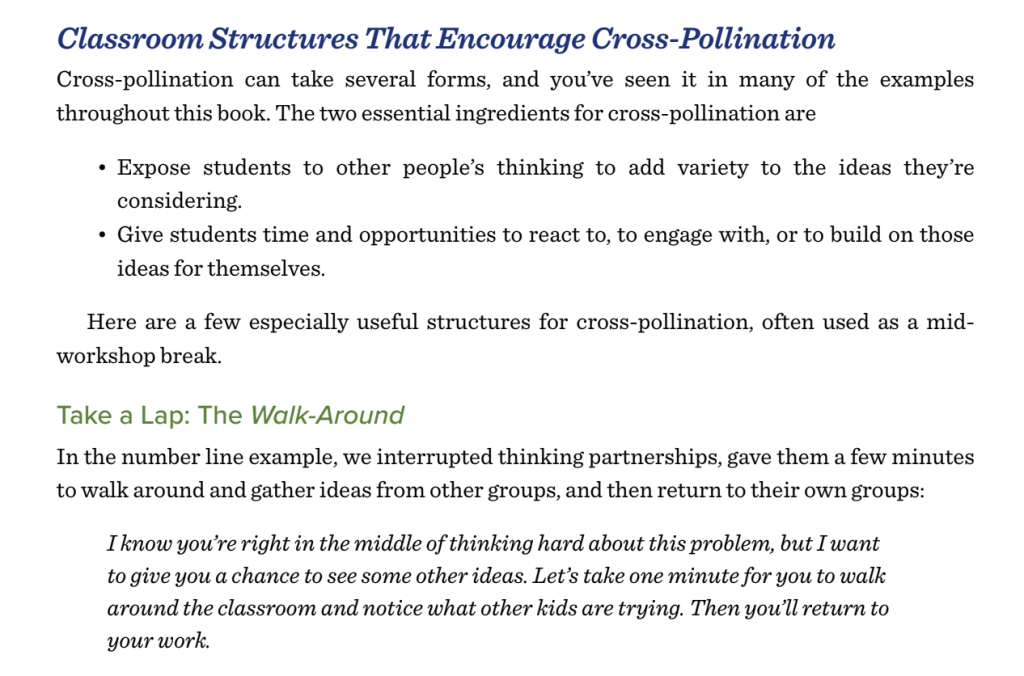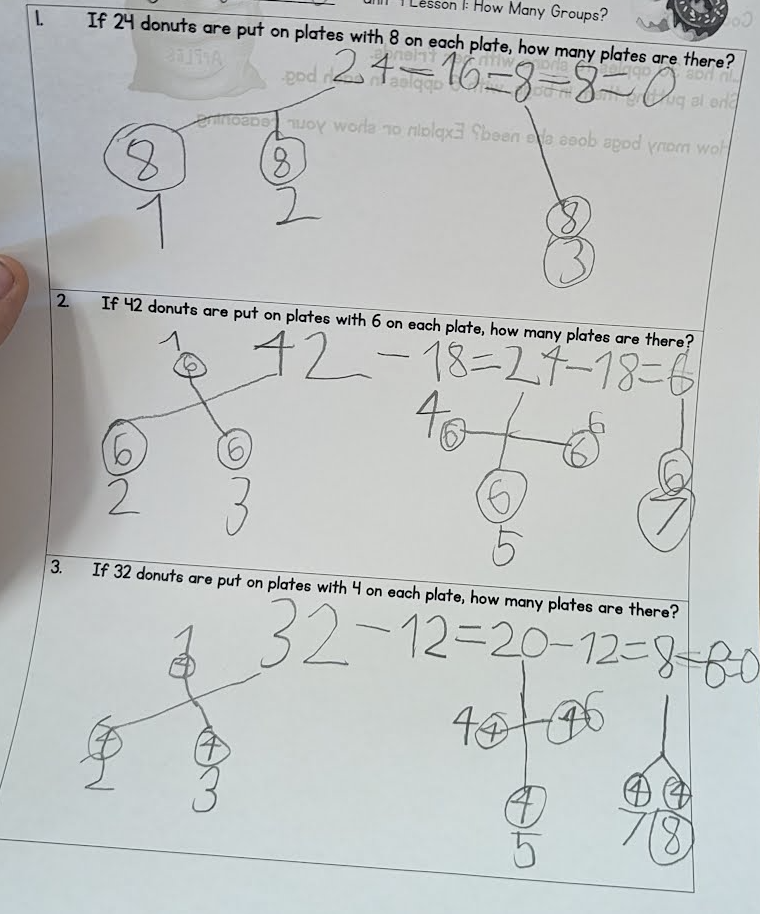Today, I was lucky enough to be asked to teach a third grade math class because the teacher was going to be out. Since I have never taught the Arranging Chairs activity in third grade, I was excited when two of the other third grade teachers, Jen and Devon, wanted to plan with me yesterday. Before meeting I read up in Children’s Mathematics: CGI, Carpenter, Fennema, Franke, Levi, Empson to think more about this idea of equal groups, meets arrays, meets area model builds. Here is one piece I found that connects them in a very nice way.


We decided to change the Ten-Minute activity from a time activity to a dot image number talk. We thought since the students have been doing so many dot images involving equal groups, that it would be interesting to see how they thought about one image with a missing piece. We were curious if students would use any structure of an array to think about how many dots were in the picture. The board ended like this…

For the most part, students either added rows (so they were seeing the array structure) or looked at the symmetry of the picture. They had so many more strategies they wanted to share, but for times sake, I did a quick turn and talk so they could share their ideas with someone before they left the carpet. Because I heard a student talk about filling in the middle, I asked him to describe to the group what he and his partner talked about. He said, “You could fill in the missing dots and then do 4,8,12,16 minus 2.” I heard the word array thrown around so I asked them to tell what they knew about arrays. A few students built upon one another’s definition ending with something with rows and columns.
Next, we introduced the activity on the carpet right after the Number Talk. You have 12 chairs to arrange in straight rows for an audience to watch a class play. You want to arrange the chairs so that there will be the same number in every row with no chairs left over. How many arrangements can you make? They talked to a neighbor and I took one example, a 6×2, and constructed it on the board. We talked about what that would look like on the grid paper. The grid here felt like a very natural way to move students between arrays as equal groups to rectangular arrays. They went back to their table, with cubes, and worked on making as many arrangements as they could. We shared them as a group.

They talked about the commutativity in the rotation of the arrays. We discussed the fact that since we were talking about seating arrangements in this activity, we would consider them two different ways to arrange the seats. This is where I saw the arrays as such a beautiful way of visualizing commutativity in a much different way than they previously had discussed in rearranging number or groups and group sizes.
Next, each group was given a number to create as many arrays as they could, cut and paste them on a piece of construction paper. Choosing the numbers for each group was something we spent a lot of time in during our planning. We wanted to be sure that noticings around sets of numbers such as primes, composites, evens, odds, and squares would surface, as well as relationships between different sets of numbers, we tried to be really thoughtful around this. We came up with a first set of numbers and then decided on a second number to give that same group if they finished early. So, this list is first number/second number (although we knew not all would get to the second one).
11 / 27 – Prime number and then an odd that wasn’t prime
25 / 5 – Odd square number and then relationship to a multiple they did of that number.
16 / 8 – Even square number and then halving on dimension
9 / 18 – Odd composite and square and then double a dimension
24 / 12 – Even number and then half a dimension (we didn’t think they would get to this one because 24 has quite a few to cut out:)
18 / 36 – Even number to compare with another group and then double a factor (36 could also relate to other groups numbers in various ways)
15 / 30 – Odd composite and then double a factor. We didn’t think they would finish 30.
13 / 14 – Prime number and then how adding one more chair changes what you can make.
Extras for groups done both: 64, 72, 128. (No one got there)
Thanks to a lovely fire drill in the middle of class, some groups did not get to a second number or if they did, did not get to finish. This is the point where you realize how amazing it is to have more than 1 teachers in the room! Everyone could walk around and listen to their conversations while they worked. We heard everything from frustration/wonderings about prime numbers because they thought there had to be more than one (and the rotation) to excitement when they finally got a second number with more. Here a few of the (close to) final products:



On Monday they will hang them up and walk around to do a notice/wonder about all of the different numbers around the room, but we really wanted them to think about their work today before jumping into comparing others. I also really wanted to capture what they were frustrated by, liked about their number, were thinking about in the moment and were left wondering. So, I asked them to write about what they noticed and wondered about their work today. I expanded on the prompt a bit to avoid, “I notice I could make 4 arrays,” and I said, “You could tell me why you liked your number or didn’t, what you think made your number easy or hard, or what you realized as you were making them.”
There were some beautiful responses that I cannot wait for Andrea (their teacher) to hear on Monday because they were so excited to share!
A nice noticing that could lead to largest perimeter with the same area:

An informative noticing and wonder about commutativity to keep in mind when planning…

Wonderful comparison of why they feel evens are easier than odds, but also great wonderings about “Is that really all you can do?” with prime numbers and why?


I talked to this student and he was using the 12’s for 24 but had trouble articulating it in his journal.

Loved this one wanting a number in the hundreds because it would be more challenging and don’t miss the bottom piece about subtraction!

She was not as much of a fan of the square as I was when I walked up, she said it is, “just the same when we turn it” and I said, “That is an awesome thing!” (I meant her noticing, but I think she thought it was about the square:)

I will leave you with this one that struck me as “We always have more to learn.” I cannot wait to see her working with fractional dimensions in 5th grade!

I cannot wait for the gallery walk and noticings and wonderings from the entire group of numbers. I am also really excited to see this work move into rectangular arrays and seeing students’ strategies around multiplication evolve and how they take this work and form relationships between multiplication and division.
Great day in 3rd grade and I have to say, I think Jen, Devon and I planned really well for this one!
-Kristin
















































































